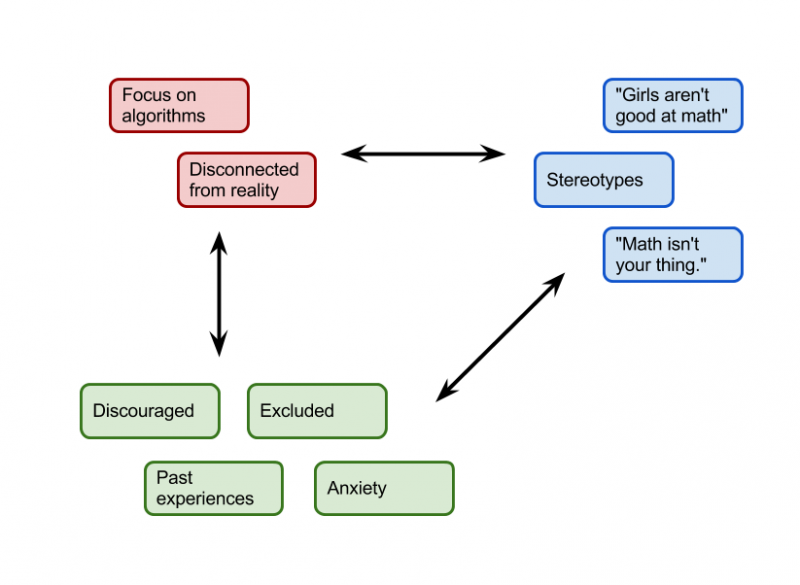I am reading Disrupting class, by Clay Christensen, Michael Horn, and Curtis Johnson. In the introduction of Disrupting Class, Clay Christensen, et al., give six possible reasons for why the United States education system does not appear to be doing well when compared with other OECD countries:
- Schools are underfunded,
- There aren’t enough computers in the classroom,
- Students and parents are to blame,
- The U.S. model of teaching is broken when compared to other models in other countries,
- Teachers’ unions,
- The way we measure schools’ performance is fundamentally flawed.
Unfortunately, this is a good example of how the question asked frames the answer (Question asked: Why isn’t the United States doing better in education compared as a whole to other OECD countries?).
When you compare the United States education system as a whole to other OECD countries (using PISA data, for example), you find the United States appears to be in about the middle of the pack. However, if you disaggregate PISA data and look at a state by state comparsion, and then compare each state to other similar OECD populations (in terms of average income), you find quite a different story. The high income and low income areas of the United States hold their own against comparison OECD countries. but the United States has a much higher poverty rate than most OECD countries, which results in an over-representation of low-income students in the aggregate U.S. data.
We know that all students can learn, when they are given the supports they need, so a better question for Christensen, et al., to ask is; why isn’t the United States doing more to combat the effects of poverty on its most vulnerable population?
Other notes:
In chapter 1, Christensen, et al., use the idea of multiple intelligences and learning styles to suggest that it is incredibly challenging for a teacher in a classroom to succeed at teaching all of his/her students. Unfortunately, recent research on learning styles and multiple intelligences suggests that they are not a useful framework for understanding student learning (except that all students probably benefit from experiencing ideas in different mediums).
In chapter 5, Christensen, et al., make the claim that their calculations show that by the year 2014 student centric learning (aided by technology) will become mainstream. The authors of Disrupting Class should probably have talked to teacher colleges before writing their book, where training teachers to use student centric approaches has been mainstream for decades.





